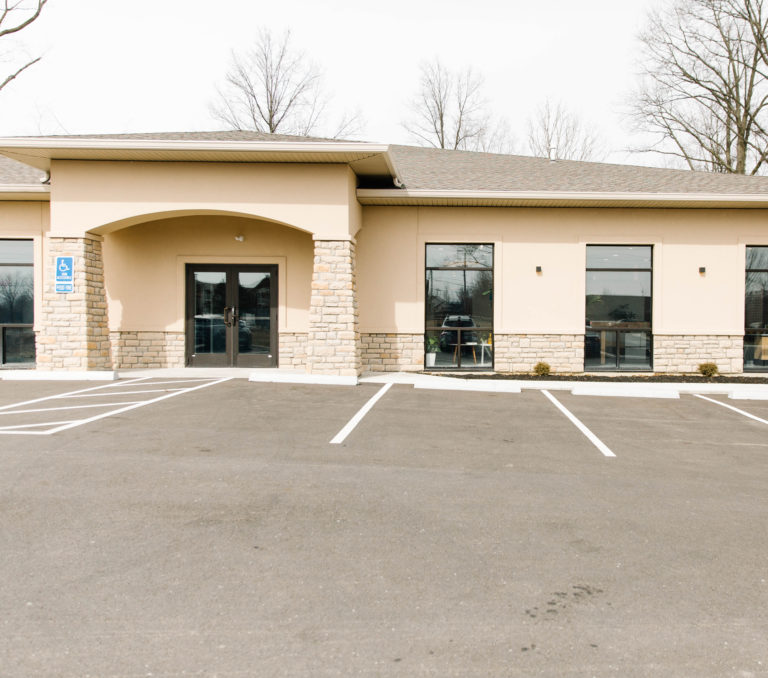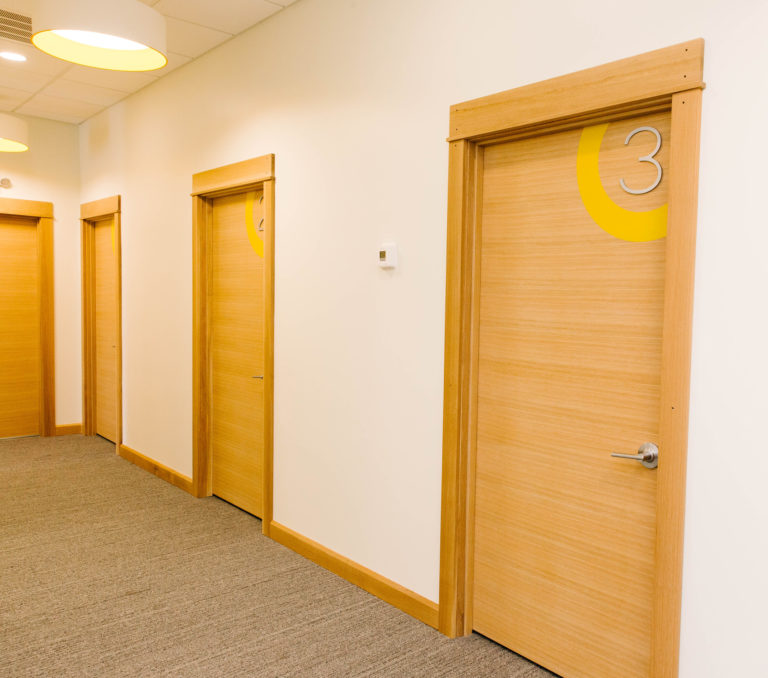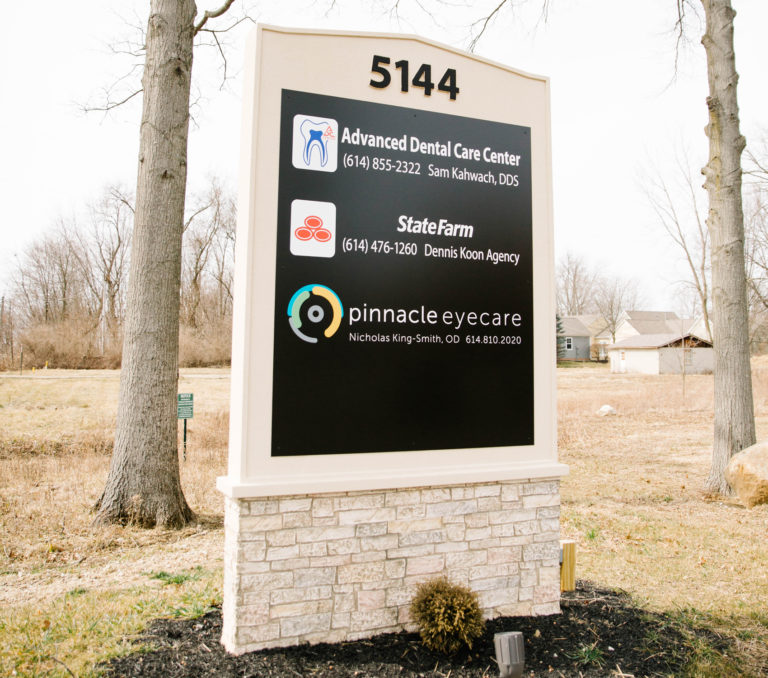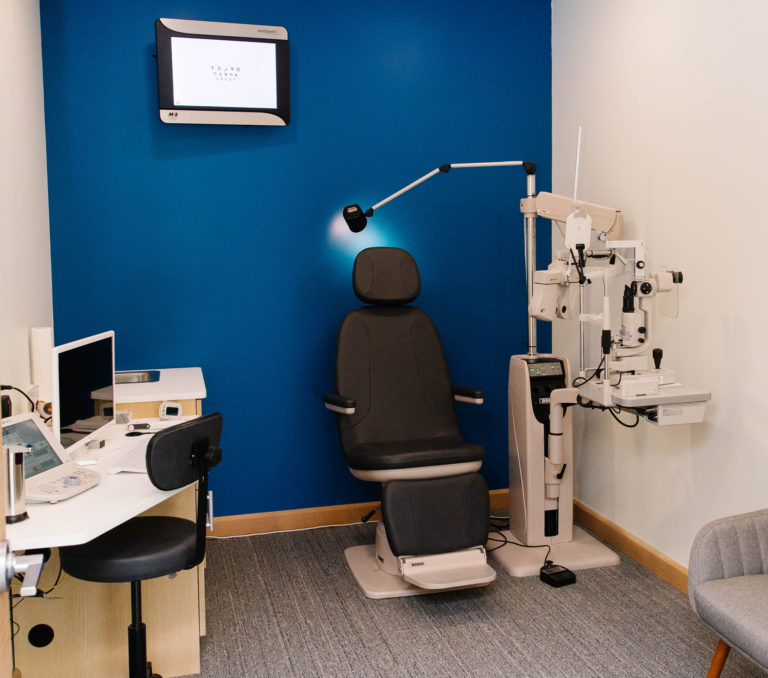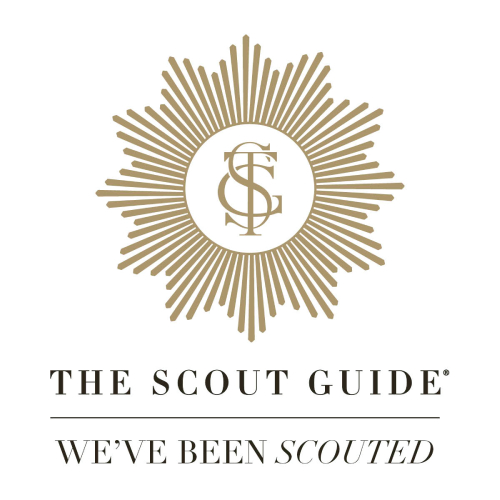Preserving Your Vision Against Eye Disease
Knowing the signs and symptoms of some common eye diseases could help you preserve your vision. The best treatment for eye diseases is prevention, which is why it is vital to have your eyes checked regularly.
Family history, lifestyles, and existing medical conditions can contribute to your risk factors. Your optometrist will assess the health of your eyes at your routine eye exam and ask questions that could help with early diagnosis.
Common Eye Diseases
More than 4.2 million Americans over the age of 40 are considered legally blind or live with low vision, and age-related eye diseases are the leading cause.
Learn more about the signs and symptoms of common eye diseases and how we can work together to protect your vision.
Cataracts
Cataracts are the leading cause of vision loss in the United States, and although they can occur at any age, they are more common in older adults.
Your eye has a crystalline lens that allows light to pass through to your retina. When this lens becomes cloudy, it’s a sign that a cataract is forming. It can happen in one or both eyes at the same time.
Your optometrist may be able to adjust your prescription to help you see through the cataract. However, you may eventually require surgery to replace the clouded lens with an artificial clear one.
Glaucoma
Glaucoma is a group of eye diseases that can damage the optic nerve, and the most common type is open-angle glaucoma. This type of glaucoma presents itself as patchy blind spots in your outermost (peripheral) vision.
Usually, you will not notice signs and symptoms of glaucoma until it is impacting your sight. Treatments are available to prevent its progression, but the vision loss caused by glaucoma is irreversible.
Acute angle-closure glaucoma is considered a medical emergency. If you experience the following symptoms, please speak to your optometrist right away or go to your local emergency clinic.
- Severe headache
- Eye pain
- Nausea & vomiting
- Blurred vision
- Halos around lights
- Eye redness
Macular Degeneration
Your macula is responsible for clear central vision. Macular degeneration affects this vision, causing it to appear blurry, dark, or distorted.
Macular degeneration comes in 2 forms:
Dry:
- Typically progresses slowly
- Early stages don’t present symptoms
- Progression can sometimes be slowed
Wet:
- More severe
- Typically causes faster vision loss
- Treatments sometimes available
Common Eye Diseases
If you’re concerned about your risk of eye disease or living with an eye disease, you can talk to your optometrist at any time about how to manage symptoms, find treatments, or prevent further vision loss.
In many cases, vision loss cannot be reversed, but the progression of many diseases can be slowed.
Our optometrists will assess your eyes at every eye exam to check for early signs and symptoms of eye disease. The sooner an eye disease is diagnosed, the more likely we can help prevent further damage.
Ensure your eyes are healthy and that you have clear vision by booking your comprehensive eye exam.
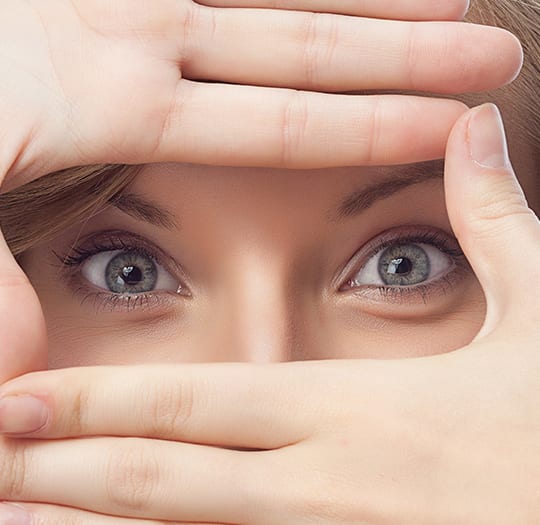
Our Location

Our Address
- 5144 Morse Rd, Suite 300
- Columbus, OH 43230
Contact Information
- Phone: 614-810-2020
- Email: info@pinnacleeyecare.com
Hours of Operation
- Monday: 9:00 AM – 5:00 PM
- Tuesday: 9:00 AM – 7:00 PM
- Wednesday: Closed
- Thursday: 9:00 AM – 5:00 PM
- Friday: 9:00 AM – 5:00 PM
- Saturday: By Appointment Only
- Sunday: Closed
Our Brands






See Our Google Reviews
The staff at Pinnacle are great and the office was extremely comfortable! The environment was welcoming and I actually forgot that this was the first time we ever met! The process was smooth and painless! Dr. King-Smith was very thorough with my exam and made sure he addressed all my questions and concerns. They have a wide selection of different frames and colors, which, I found the perfect ones for me! I left feeling well informed and excited to come back to pick up my new glasses! I felt like I made new friends! Professional, very clean, and friendly! Couldn’t ask for anything more!
Latoya Williams
I had an amazing experience at Pinnacle Eyecare. It is clear they care about the patient and their eye health. The entire staff was friendly and knowledgeable. Dr. King-Smith took the time to explain the different tests he was doing to help me understand my eye health and what he will continue to monitor each visit. The visit was comprehensive yet efficient, and the office is welcoming and comfortable. I would recommend this to everyone!
Jillian Bohme
Wow! What an amazing office. I have been looking for an eye doctor in Columbus since I moved. Dr. King-Smith is so friendly and inviting! Eye exam was all typical, however what really made them stand apart was the staffs genuine desire to connect with me. We spent time looking for frames that complimented my face and when we got a good pick, I was able to choose a different color! So accommodating and friendly. Also there is an office dog named Max!
Bre Reynolds
This place is amazing. Everyone was very welcoming and friendly. My favorite parts were we could request an appointment online and they explained every step of the way. I’ve been going to eye doctors since I was young and this is honestly the best one I’ve been to and I would highly recommend this to anyone and everyone I know.
Sara Vigil
I had an INCREDIBLE experience with Pinnacle eyecare, and their staff. Professional, down to earth, and friendly. They have great equipment that will give you increased information about your inner eye health that I have not received before at other offices! Hannah at the front desk sets the appointment off right with great customer care. Kyle who helped with my frames was very friendly, and helped me make the most of my insurance benefits. They have a GREAT selection of frames as well. Dr. King-Smith was thorough with my exam, and participated at every part of my appointment from start to finish. I do not have to look any further for eye care. I am very pleased. 10/10. Would HIGHLY recommend. Also, really enjoyed seeing the office dog Max! He is SO sweet and cute!!!
Anne Smith
Best experience at an eye doctor, ever. Doctor explained every step he was performing and made me feel comfortable. I felt like I took a mini crash course on the eyes! You can always tell when someone loves what they do, and it felt exactly like that at Pinnacle Eyecare. They took my insurance into consideration the entire time, which is very important to me. I’m very happy to have found great care and so close to me, too.





